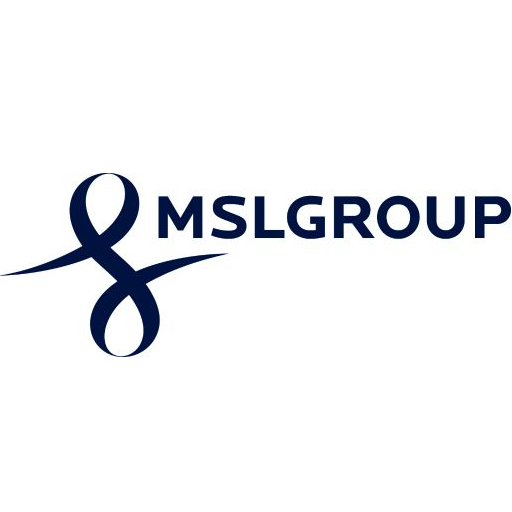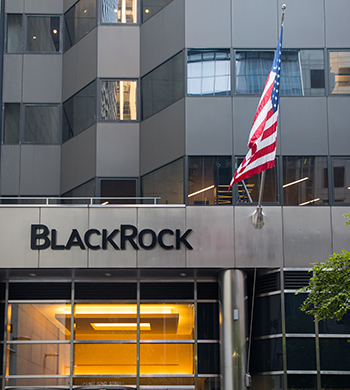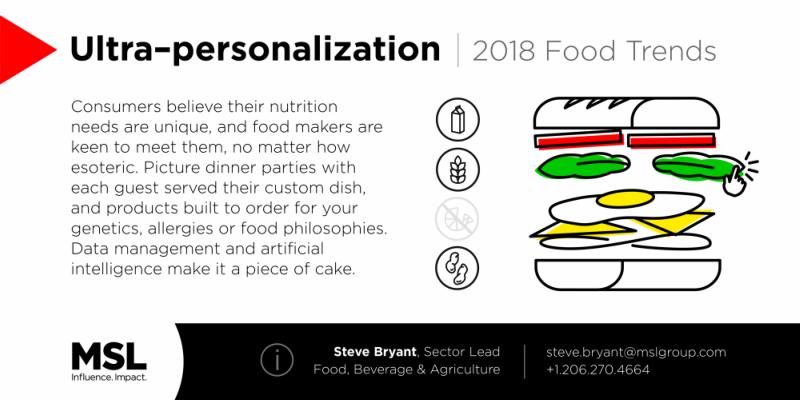MSL 20 Mar 2017 // 2:06PM GMT
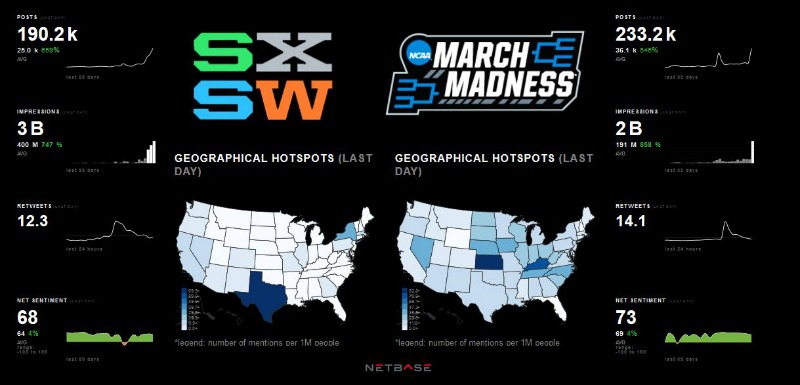
This past week a horde of influencers, communicators and technologists descended on Austin, Texas, for the premier innovation conference. Almost every question at SXSW this year could be answered with one of three technologies – artificial intelligence (AI), bots, and virtual reality (VR). These are the three biggest trends emerging from SXSW and are poised to shape the communications landscape over the next few years and beyond.
Frankly, all three are interconnected along the same spectrum. Bots have become much more useful over the past year because of advances in deep machine learning, and VR will someday change the way we interact. Below are my top-learnings from SXSW this year:
1) Deep machine learning/AI will impact everything. Deep machine learning was selected as the most important trend of SXSW at the Interactive Awards. AI is poised to transform everything we do as communicators – not replace professionals, but help us and our businesses to be more effective. Cognitive computing and use of big data is essential to the future of communications. To make the greatest use of it, we need to integrate intelligence.
- Integrate - Communicators need to integrate AI into their planning and data analysis and make it part of what we do in research, crafting and executing campaigns and post-event evaluation.
- Intelligence - We should use AI to give us insights and help us more effectively target and engage. One challenge I see is too many companies are calling everything AI and it is diluting the impact and causing confusion. AI is in danger of being played as part of buzzword bingo. We should be clear how our organizations are using intelligence and predictive modeling.
2) Bots are driving the conversation about the conversation. As Dharmesh Shah, co-founder of HubSpot, eloquently put it - Chatbots are the most important technology development since the advent of the Internet. Even more important than mobile. I am not sure I agree with him completely, but since bots were mentioned in almost every session I attended, this is something to which we need to pay attention. My mind has been whirling with ideas of how to leverage this in communications. Keep this in mind:
- The browser was about the click
- The smartphone was about touch (or swipe)
- VR is about the experience
- And, the bot is about the conversation
There is no one better suited to helping shape and engage the conversation than public relations professionals. The big four messaging apps now surpass the big four social apps. If a brand isn’t looking at the space in an intelligent way, they are missing an overwhelming opportunity. One telling data point – half of smartphone users downloaded zero apps last month. Engagement is shifting and we need to move with it. This is not a binary solution set, but brands need to look at ways to be involved in the “conversation conversation”.
3) Augmented reality is an opportunity that requires companies and communicators to look at things in a new way. The developers of Pokemon Go (Niantic) and the Knight Foundation addressed this topic in an opening session. Pokemon Go is still going strong, with tens of millions of daily players. What really stuck with me was a comment from John Hanke, CEO at Niantic “Tech companies are great at building consumer cocoons. We need to refocus on using technology for connecting in real life to meet human yearning.”
For communicators this comes into play when planning an activation. If we can implement campaigns that don’t just use gamification, but bring people outside together, the response can be overwhelming. It goes beyond this video of people chasing a Pokemon in Taiwan. Users have chartered planes and rented helicopters to get an edge and build a community. When was the last time one of your campaigns evoked such passion?
This also can help brands with their relationships with their cities. In many municipalities, public spaces are underutilized, and if a company can drive traffic and civic engagement, it can help build bridges.
4) Healthcare technology (HCIT) is on the rise. HCIT has been the area that has grown the most explosively at SXSW over the past few years. SXSW comes hot on the heels of HIMSS (the must-attend HCIT conference). Major HIMSS themes included interoperability, cybersecurity, population health management, telehealth/mobility/cloud and patient-centered healthcare. SXSW tends to look further down the road and this year there were more than 70 sessions touching on everything from VR and gaming in hospitals to real stories of success in health hackathons – and a great session with the CEOs of IBM and Johnson & Johnson discussing collaborative innovation in the digital health age. Some key takeaways for communicators are that HCIT and Security experts need to work more closely together than ever before and wearables are playing a greater role than ever in healthcare.
Like all other tracks, AI was one of the dominant themes and will profoundly shape healthcare, as it will give physicians access to a larger data set than ever – not to mention giving communicators even greater insight. IBM CEO Ginni Rometty gave a well-received keynote on cognitive computing and healthcare’s future at HIMSS as well, which can be found here: https://www.ibm.com/blogs/watson-health/ginni-rometty-himss17/
5) Does SXSW still matter for agencies and tech companies? Yes. In fact, the answer is an overwhelming yes. No other conference blends SXSW’s disruption, passion and optimism. As Buzz Aldrin said at the conference “If we do not inspire, we will expire.” I do not advocate sending huge teams, but for communications executives in social/digital, tech, healthcare and financial technology – it is the place to be.
I teamed up with our client, NetBase, to look at if SxSW was really as important as I thought it was. We compared it to discussions around the other big event at this time – the NCAA Tournament. I figured the tourney would eclipse SXSW. We ran the sample on Selection Sunday – and the height of SXSW. Total Share of voice for SXSW was 44% and it had 50% greater reach. People are just as passionate about SXSW as they are college basketball. And that is saying quite a bit.
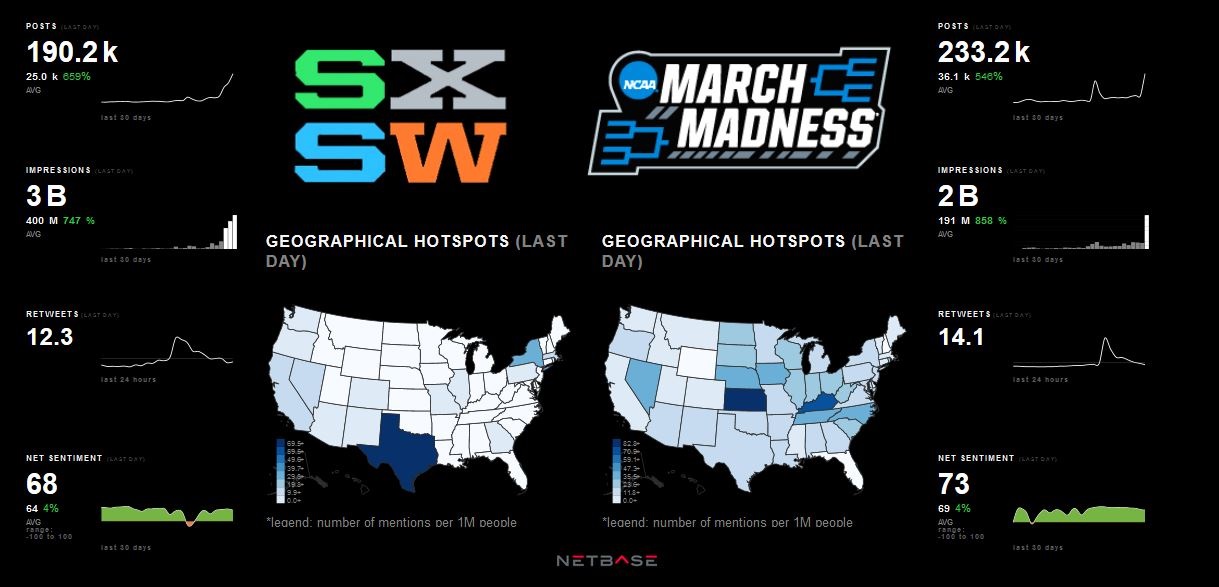
 By Mark McClennan, SVP, MSLGROUP
By Mark McClennan, SVP, MSLGROUP


































.jpg)



